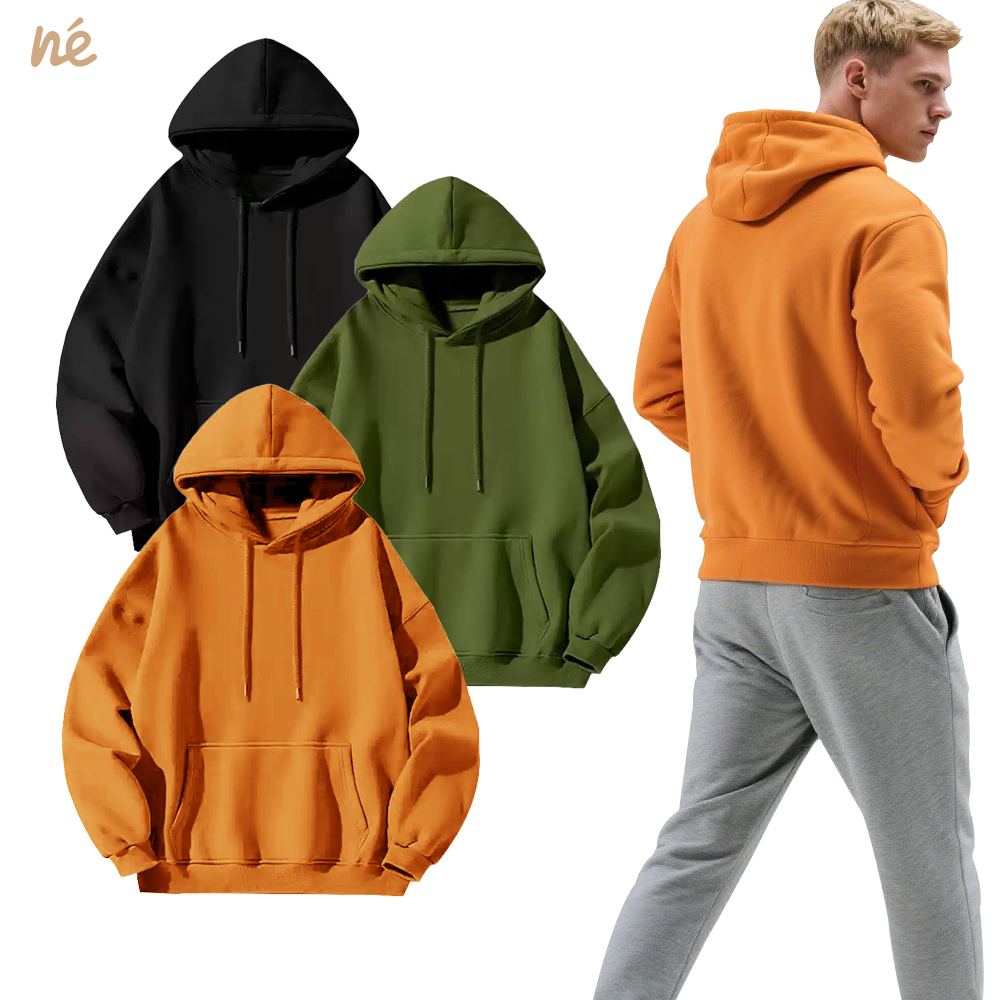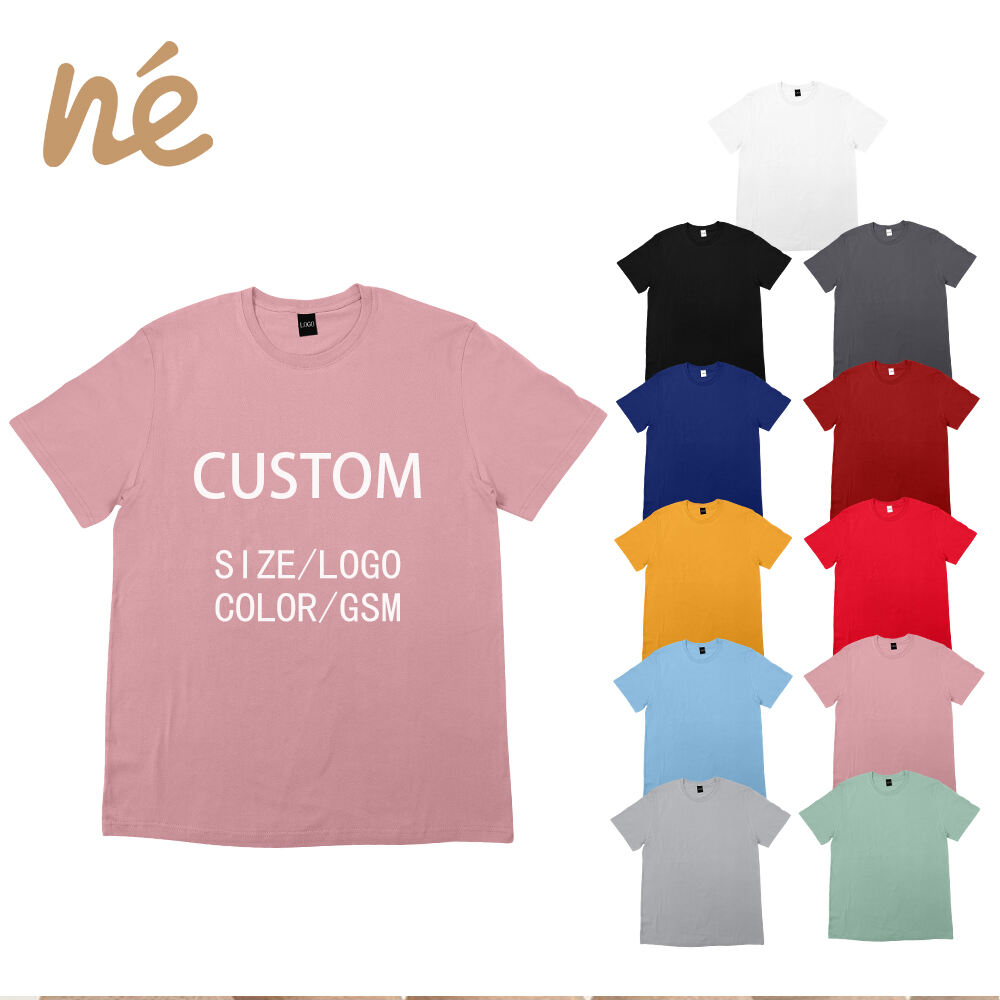Understanding Custom Hoodie Printing Techniques
The world of custom apparel printing has evolved significantly, offering various methods to bring your creative vision to life on hoodies. Selecting the right printing method for hoodies can make the difference between a stunning, long-lasting design and one that fades after a few washes. Whether you're planning to create merchandise for your brand, outfitting a team, or starting a clothing line, understanding these printing techniques is crucial for achieving the best results.
Each printing method for hoodies comes with its own set of advantages and considerations. Factors such as design complexity, fabric type, production volume, and budget all play vital roles in determining the most suitable technique. Let's explore the comprehensive world of hoodie printing methods to help you make an informed decision for your next project.
Screen Printing Technology
Traditional Screen Printing Process
Screen printing remains one of the most popular printing methods for hoodies, especially for bulk orders. This technique involves pushing ink through a mesh screen onto the fabric, with separate screens used for each color in the design. The process begins with creating stencils for each color, followed by careful alignment and application of each layer.
The beauty of screen printing lies in its ability to produce vibrant, durable prints that withstand numerous wash cycles. The ink sits on top of the fabric, creating a slightly raised, tactile finish that many customers associate with high-quality custom apparel. For designs with solid colors and bold graphics, screen printing delivers exceptional results that maintain their integrity over time.
Benefits and Limitations
When it comes to large-quantity orders, screen printing offers significant cost advantages. The setup process might be initially time-consuming, but once the screens are prepared, printing becomes highly efficient. The method excels in color consistency and is particularly effective on dark-colored hoodies, where the ink's opacity ensures designs stand out brilliantly.
However, screen printing does have its limitations. Complex designs with multiple colors can increase costs significantly, as each color requires a separate screen and setup process. Additionally, this printing method for hoodies works best with simpler designs rather than intricate patterns or photographic images. Minimum order requirements often apply due to the setup involved.

Digital Direct-to-Garment Printing
Modern DTG Technology
Direct-to-Garment (DTG) printing represents the digital revolution in custom apparel printing. This method uses specialized printers that apply water-based ink directly onto the hoodie fabric, similar to how a paper printer works. The technology allows for incredible detail and unlimited color options, making it perfect for complex designs and photorealistic images.
The process begins with pre-treatment of the garment, particularly important for dark-colored hoodies, followed by the digital printing process. Modern DTG printers can reproduce subtle gradients, fine lines, and intricate details that would be impossible or prohibitively expensive with traditional printing methods for hoodies.
Applications and Considerations
DTG printing excels in situations where design complexity is paramount or when producing small quantities. There's no minimum order requirement, making it ideal for print-on-demand businesses or testing new designs. The water-based inks used in DTG printing produce a soft feel, with no raised surface on the fabric, resulting in a more natural, retail-quality finish.
However, DTG has its own considerations. The initial cost per unit can be higher than screen printing for large orders, and the printing speed is generally slower. While durability has improved significantly with modern technology, DTG prints may not be as long-lasting as screen-printed designs, particularly on frequently-worn items.
Heat Transfer Printing Solutions
Vinyl Heat Transfer
Vinyl heat transfer has become increasingly sophisticated, offering a reliable printing method for hoodies that require specific colors or special effects. This process involves cutting designs from colored vinyl sheets and applying them to the fabric using heat and pressure. Modern vinyl materials come in an array of finishes, including metallic, glitter, and reflective options.
The precision of computer-controlled cutting machines ensures clean, professional results, while advances in vinyl technology have produced materials that are thinner and more flexible than ever before. This printing method for hoodies is particularly effective for names, numbers, and simple graphic designs.
Sublimation Transfer Techniques
Sublimation transfer presents another innovative approach, particularly suitable for light-colored polyester hoodies. This method uses heat to transfer designs from special papers onto the fabric, with the ink actually becoming part of the material rather than sitting on top. The result is a permanent, full-color print that won't crack, peel, or fade.
While sublimation requires specific fabric compositions and generally works best on white or light-colored materials, it offers unlimited color options and the ability to print all-over designs. The process produces vibrant, long-lasting results that maintain their quality through repeated washing.
Emerging Technologies and Future Trends
Hybrid Printing Solutions
The future of hoodie printing is seeing the emergence of hybrid solutions that combine multiple printing methods for hoodies to achieve optimal results. These innovative approaches might use DTG for detailed areas while incorporating screen printing for large solid areas, maximizing the benefits of each technique while minimizing their limitations.
Advanced automation and improved ink formulations are making these combination methods more accessible and cost-effective. This evolution in printing technology offers exciting possibilities for creating unique, high-quality custom hoodies that meet diverse design requirements.
Sustainable Printing Methods
Environmental consciousness is driving innovation in eco-friendly printing solutions. Water-based and organic inks, along with energy-efficient printing processes, are becoming increasingly important considerations when choosing a printing method for hoodies. These sustainable options not only reduce environmental impact but often provide excellent print quality and durability.
The industry continues to develop new technologies that minimize waste, reduce water usage, and utilize environmentally friendly materials without compromising on print quality or durability. This trend towards sustainability is shaping the future of custom hoodie printing.
Frequently Asked Questions
What is the most durable printing method for hoodies?
Screen printing typically offers the most durable results, with properly cured ink that can last for years. The thick ink application creates a strong bond with the fabric, resulting in prints that maintain their quality through numerous wash cycles.
Which printing method is best for small quantity orders?
Direct-to-Garment (DTG) printing is ideal for small quantities due to its low setup costs and ability to print complex designs without minimum order requirements. It offers excellent quality and flexibility for small runs.
How do I choose between DTG and screen printing?
Consider your design complexity, order quantity, and budget. DTG is better for complex, multi-colored designs and small orders, while screen printing is more cost-effective for large quantities with simple designs using fewer colors.
Can different printing methods be combined on one hoodie?
Yes, hybrid printing techniques are becoming more common, allowing combinations of different methods to achieve specific effects. For example, using vinyl for text elements while employing DTG for detailed artwork can create unique and striking results.



